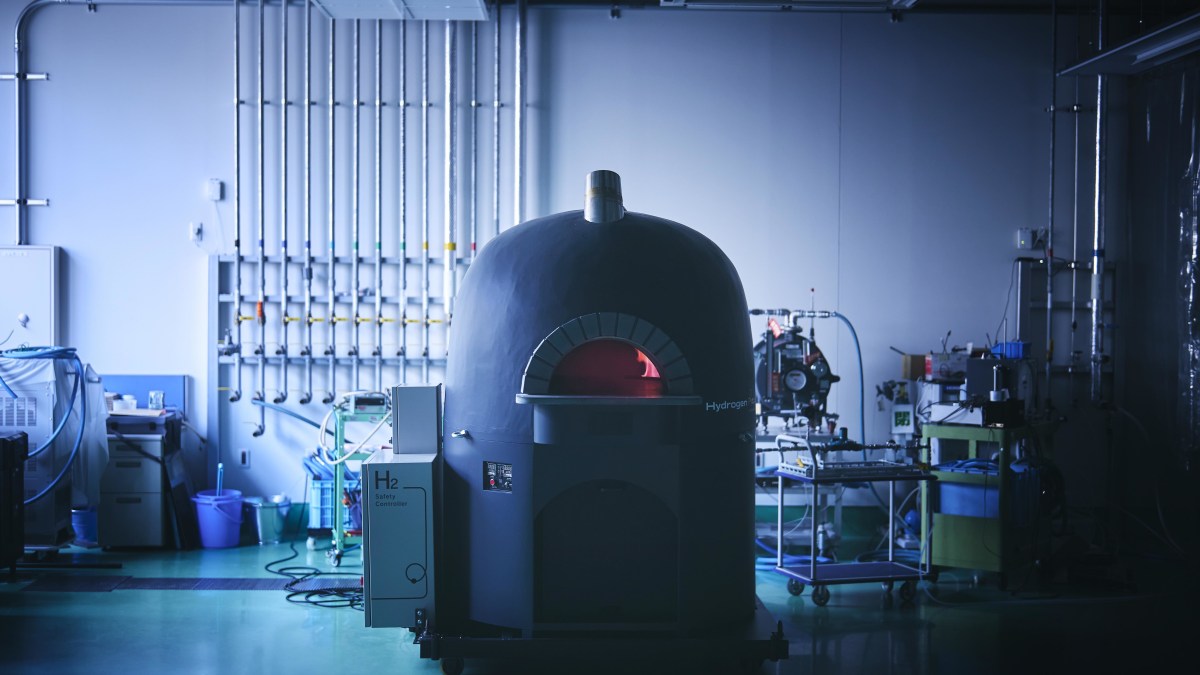I wish I got to do fun little projects like this at my job. Anyway, this proof of concept shows that hydrogen would be a great alternative to propane and natural gas for cooking. Hat tip to @hypx@mastodon.social.

Sooo just cooking gas with more steps.
Oil industry loves pushing hydrogen but it’s nearly all made from fossil fuels, so what benefit is there?
The biggest use-case I see for hydrogen is more of an energy storage and transfer mechanism. With the world switching to renewables that generate power inconsistently, some countries are looking at putting the extra power into hydrogen generation via electrolysis, which can then be used at night/low-wind days to keep the power grid stable.
If we ever get to the point that we’ve got a surplus of renewably generated hydrogen, then it could make sense to start using to power cars, heating, cooking, whatever.
Back in the early days of gas infrastructure, before wide-spread electrification, you know gas street lights and everything, the gas was produced by gasifying coal, resulting in gas that was often over 50% hydrogen, with only ~20% methane. Rest nitrogen and CO.
Natural gas has a methane content upwards of 75%, which meant that everyone had to switch out their burner nozzles but the rest of the infrastructure stayed intact.
All this is to say: Nothing about is really new or rocket science. Europe is certainly creating a backbone pipeline network for hydrogen, parts of it new pipes, other parts re-purposed natural gas pipes, many were built to a standard that allows them to carry hydrogen though some valves etc. might need upgrading. Some of those were originally built for hydrogen in the first place, and checking Wikipedia there’s actually a 240km segment in the Ruhr area, built in 1938, still in operation, which always carried hydrogen. Plain steel but comparatively low-pressure so it works.
Oh and have another number: According to Fraunhofer, Germany’s pipeline network can store three months of total energy usage (electricity, transportation, everything). Not in storage tanks, but just by operating the pipelines themselves at higher or lower pressure.
And we need that stuff one way or the other: Even if tomorrow ten thousand fusion plants go online that doesn’t mean that the chemical industry doesn’t need feedstock, or that reducing steel with electricity would make sense. Both of those things need hydrogen.
Fusion is still in the future so the plan is to import most of that hydrogen, mostly from Canada and Namibia, in tankers carrying ammonia which is way more efficient that trying to compress hydrogen also ammonia is needed for some processes anyway.
Hydrogen is so much smaller than natty light that on a Continental scale the losses could be significant, but that’s neat history. It’s fun how long stuff has been around like gasification.
From all that I’ve seen electricity lines (also HVDC) have higher transmission losses by a magnitude. With hydrogen and modern material science you’ll probably have the choice between higher losses and embrittlement, but that’s just another economical equation: Do you want to eat the higher losses, or replace the pipeline in a couple of decades or a century.
At least environment-wise hydrogen leaks aren’t an issue: Some atoms diffusing through the wall don’t constitute a fire hazard and the end result is water. Methane, OTOH, is a nasty greenhouse gas.
Speaking of nature: Ammonia is nasty, but nature produces it itself (just not at those concentrations) and can deal with it. The site directly surrounding a leak would be dead, a bit further downstream (literally) there’s going to be over-fertilisation. Not nice but definitely better than an oil leak and fixing it quite literally involves waiting until grass has grown over it as rain dilutes it and microorganisms migrate back in to eat it. Similar things apply to ethanol which I’d say would be a better choice for general use such as hybrid cars, camping stoves and whatnot because it’s not going to burn your lungs away. Can’t rely on people being conscious enough to get up and flee the ammonia stench when they’re in a car accident.




